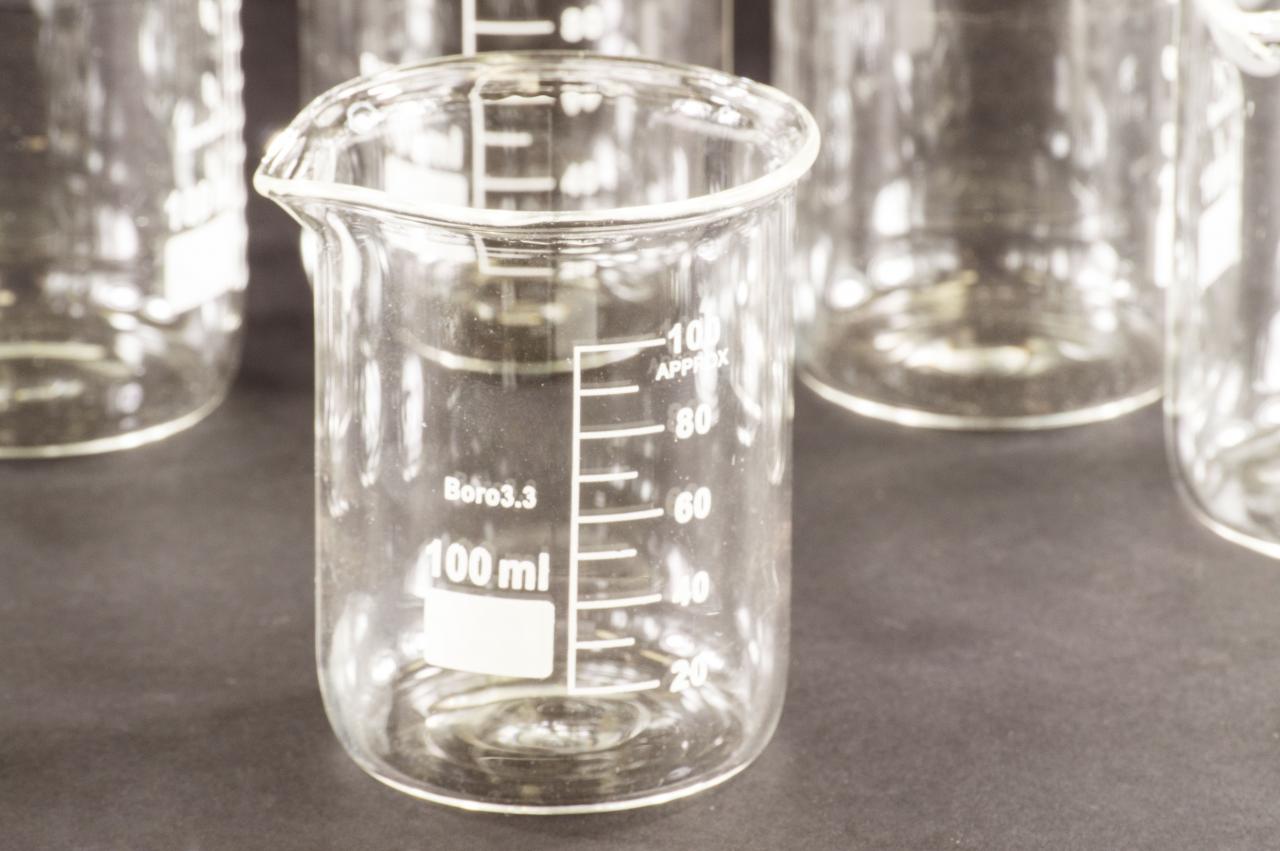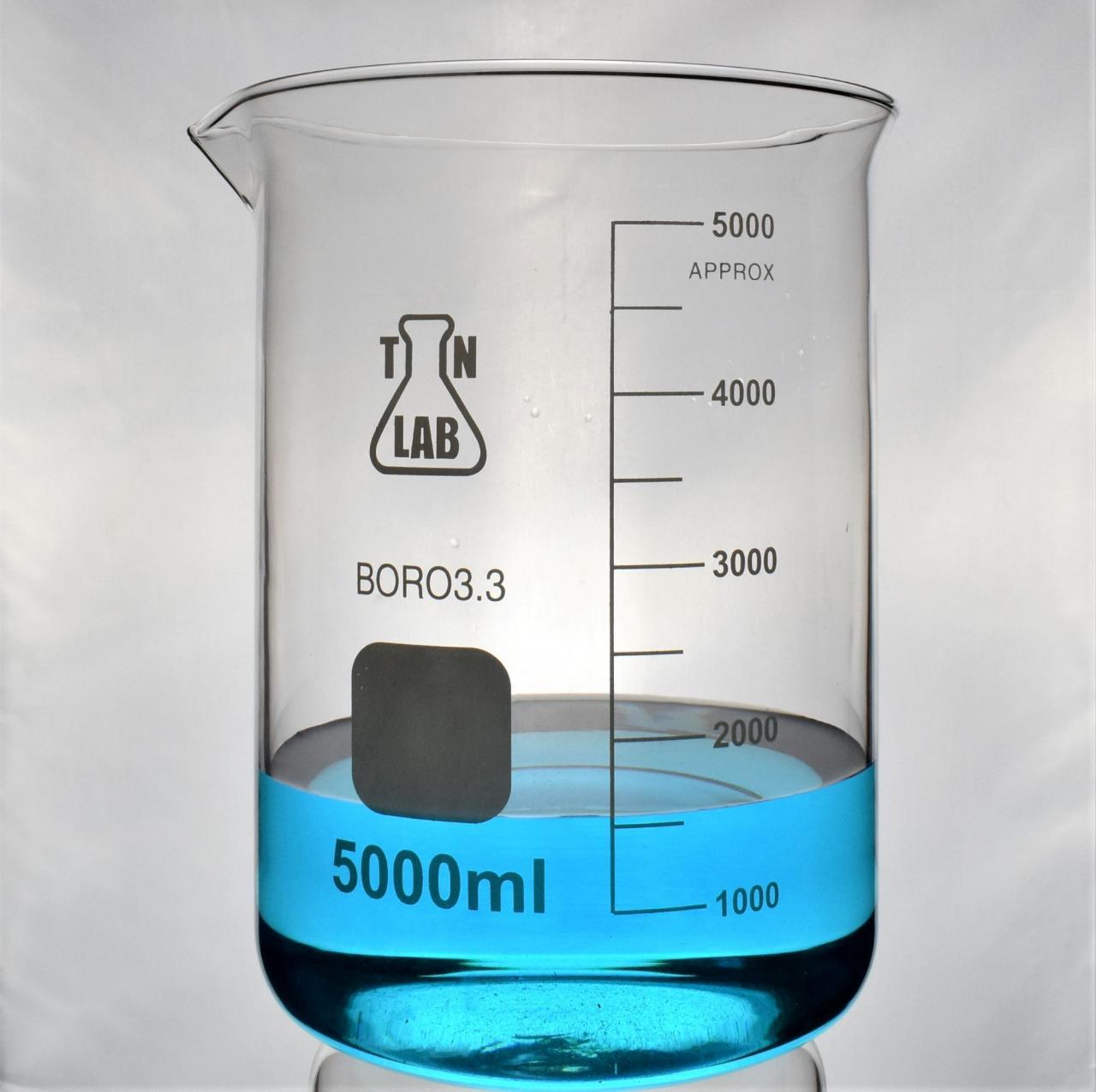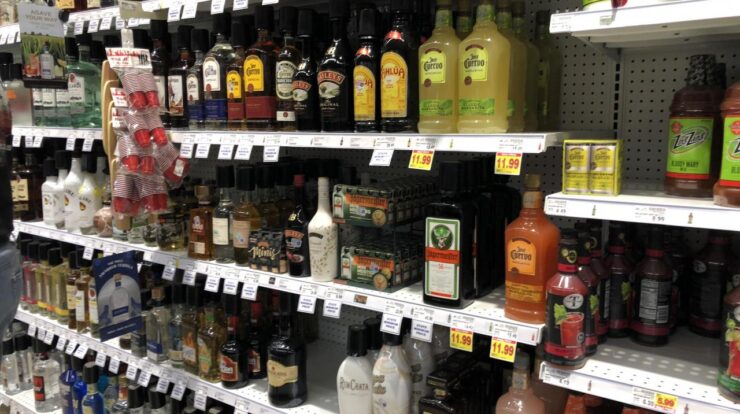
Beaker meaning encompasses a rich tapestry of history, laboratory practices, safety considerations, and non-laboratory uses. This multifaceted vessel has evolved over centuries, serving as an indispensable tool in scientific exploration and beyond.
From its humble beginnings as a simple container to its sophisticated designs for specific laboratory tasks, the beaker has become a ubiquitous symbol of scientific inquiry. Its versatility extends to industries, schools, and even everyday life, showcasing its adaptability and enduring significance.
Beaker Meaning: History, Types, Uses, and Safety Considerations
A beaker is a common laboratory glassware used for various purposes, including mixing, heating, and measuring liquids. Beakers have a cylindrical shape with a flat bottom and a spout for pouring. They are typically made of glass, but can also be made of plastic or metal.
History of Beakers
The origins of beakers can be traced back to ancient times. The earliest known beakers were made of clay and were used by the Egyptians and Mesopotamians for storing and serving liquids. Over time, beakers evolved in design and materials, with the introduction of glass beakers in the 17th century.
In the 19th century, beakers became standardized in size and shape, and the modern beaker design that we know today was established.
Types of Beakers
Beakers are classified into different types based on their shape, size, and materials.
Shape
- Griffin beaker:A beaker with a conical bottom and a spout.
- Berzelius beaker:A beaker with a flat bottom and a spout.
- Erlenmeyer flask:A beaker with a conical bottom and a narrow neck.
Size
Beakers are available in a range of sizes, from small 5 mL beakers to large 2 L beakers.
Materials
- Glass:The most common material for beakers, offering good visibility and chemical resistance.
- Plastic:Lightweight and unbreakable, but may not be resistant to all chemicals.
- Metal:Durable and resistant to high temperatures, but may react with certain chemicals.
Laboratory Uses of Beakers
Beakers are widely used in laboratory settings for a variety of purposes.
Mixing and Stirring
Beakers are used for mixing liquids and solutions. The spout allows for easy pouring and the wide mouth allows for efficient stirring.
Heating
Beakers can be used for heating liquids on a hot plate or Bunsen burner. The flat bottom ensures even heating.
Measuring
Beakers have graduated markings on the side, which allow for approximate measurements of liquid volume.
Other Uses, Beaker meaning
Beakers can also be used for:
- Collecting samples
- Storing solutions
- Evaporating liquids
Safety Considerations for Beakers

While beakers are generally safe to use, there are some potential hazards that should be considered.
Thermal Hazards
Beakers can become hot when used for heating liquids. It is important to use heat-resistant gloves and handle the beaker with care.
Chemical Hazards
Beakers can contain hazardous chemicals. It is important to wear appropriate protective gear, such as gloves and safety glasses, when handling chemicals.
Glassware Hazards
Glass beakers can break if dropped or handled improperly. It is important to inspect beakers for cracks or damage before use.
Proper Handling and Disposal
Beakers should be handled with care and cleaned thoroughly after use. Broken or damaged beakers should be disposed of properly.
Beakers in Non-Laboratory Settings
Beakers are not only used in laboratory settings. They also have a variety of uses in industries, schools, and everyday life.
Industrial Uses
Beakers are used in various industries, such as chemical manufacturing, food processing, and pharmaceuticals.
Educational Uses
Beakers are commonly used in schools for science experiments and demonstrations.
Everyday Uses
Beakers can also be used for a variety of everyday purposes, such as:
- Measuring ingredients for cooking
- Storing small items
- Making crafts
Final Review

In conclusion, the beaker meaning is a testament to human ingenuity and the evolution of scientific tools. Its diverse applications and enduring presence underscore its fundamental role in advancing our understanding of the world and shaping our daily lives.
Common Queries: Beaker Meaning
What is the primary use of a beaker in a laboratory?
Beakers are primarily used for mixing, stirring, and heating liquids in laboratory settings.
What are the different types of beakers?
Beakers vary in shape, size, and material, including Griffin beakers, Berzelius beakers, and Erlenmeyer flasks.
What safety precautions should be taken when using beakers?
Always wear appropriate safety gear, handle beakers with care, and avoid heating them directly over an open flame.





